#Elizabeth Ann Roberts
Explore tagged Tumblr posts
Text






189 notes
·
View notes
Text

41 notes
·
View notes
Text


♥️ Lizzy...
14 notes
·
View notes
Text
#henry viii#polls#feeling spicy#tudor era#could not add more#damn I see a spelling mistake and can't edit it#anne boleyn#kathryn howard#thomas more#thomas cromwell#john fisher#george boleyn#henry norris#william brereton#francis weston#mark smeaton#robert aske#thomas culpepper#francis dereham#jane boleyn#jane parker#anne askew#henry howard#margaret pole#elizabeth barton#william stafford
210 notes
·
View notes
Text




THE VIRGIN QUEEN (2005)
dir. coky giedroyc
#the virgin queen 2005#tudorerasource#tudor era#costume drama#period drama#perioddramaedit#perioddramagif#onlyperioddramas#perioddramasource#weloveperioddrama#bbc series#miniseries#queen elizabeth i#robert dudley#anne marie duff#tom hardy#my gifs#mine
185 notes
·
View notes
Photo





Treason. Like his father and brother, his time is overdue I fear
THE VIRGIN QUEEN
(2005)
#my gifs#the virgin queen#elizabeth I#robert dudley#tom hardy#anne marie duff#perioddramaedit#tudor tag
128 notes
·
View notes
Text
Tribute to Ethel Kennedy shared by Kerry Kennedy on her Instagram. ♡
#the kennedys#the kennedy family#kennedys#kennedy family#ethel kennedy#ethel skakel kennedy#bobby kennedy#robert f. kennedy#rfk#robert francis kennedy#robert f kennedy#kerry kennedy#kathleen kennedy#christopher kennedy#max kennedy#rfk jr#rory kennedy#kathleen kennedy townsend#jean ann kennedy smith#rest in peace#mary kerry kennedy#rory elizabeth katherine kennedy#mary courtney kennedy hill#kathleen harington kennedy townsend#matthew maxwell taylor kennedy#douglas harriman kennedy#christopher george kennedy#joseph patrick kennedy ii#robertfkennedy#robert kennedy
80 notes
·
View notes
Text

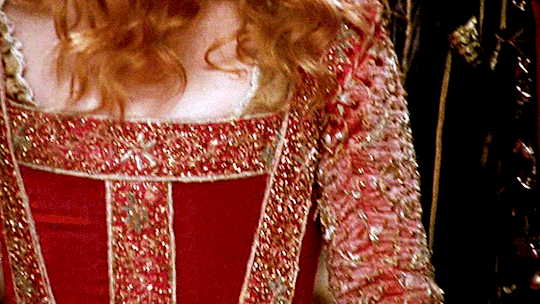
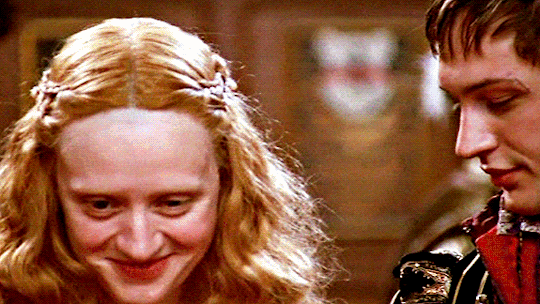
"Your most loving, most faithful servant. Robbie."
#babies <3#it's been so many years and i'm still obsessed with them#robert dudley#tom hardy#elizabeth i#tomhardyedit#anne marie duff#the virgin queen#thevirginqueenedit#tvqedit#historical fiction#perioddramacentral#perioddramaedit#tvedit#cinemapix#dailytvfilmgifs#tvarchive#weloveperioddrama#gifshistorical#by jen
279 notes
·
View notes
Text

153 notes
·
View notes
Text
Honestly, one thing I've come to enjoy, especially having reached over 20K words of my novella wip, is that my characters are extremely dear to me. I've written a lot in my life, but this is one of the first times I have ever made characters that I can truly, truly call my own. The funny thing is that, I could say I know everything about them, and that is what makes me close to them but I don't. I really don't. I learn new things about them every day, and as I'm writing out their stories and their lives, they reveal themselves to me, not the other way around.
They have really come to life, and as much as they are names on a document, they are real people to me. And they help me when I am at a block, and sit with me in the middle of the night, and they genuinely make me happy. I am happy to have created these wonderful characters, but I am very grateful they allowed me to create them, and that they are with me.
#i drafted 5 pages of another story#and realize I'm almost done with the first novella in 'act of contrition' tho the next books are just going to be short story collections#and i really got to thinking#drafting the story of Matthew - about how he goes through a lot of pain and sadness - and while i was going to end his story on a sad note#i just decided not to#and that was something that in a strange way i felt *he* told me to do#idk#i am very grateful to my characters#they all mean so much to me#samuel - matthew - jude - elizabeth - anne x2 - mercy - prudence#joyce - robert - agnes#these are the ones that are constantly cycling thru my brain#and i love the all very much#writing community#writeblr#writers on tumblr#writing prompt#writing inspiration
10 notes
·
View notes
Text

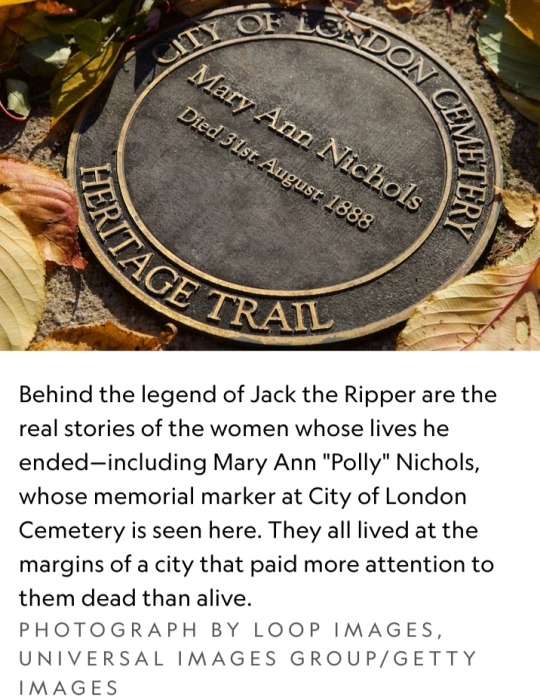
By Parissa DJangi
August 18, 2023
Some say he was a surgeon. Others, a deranged madman — or perhaps a butcher, prince, artist, or specter.
The murderer known to history as Jack the Ripper terrorized London 135 years ago this fall.
In the subsequent century, he has been everything to everyone, a dark shadow on which we pin our fears and attitudes.
But to five women, Jack the Ripper was not a legendary phantom or a character from a detective novel — he was the person who horrifically ended their lives.
“Jack the Ripper was a real person who killed real people,” reiterates historian Hallie Rubenhold, whose book, The Five, chronicles the lives of his victims. “He wasn’t a legend.”
Who were these women? They had names: Mary Ann “Polly” Nichols, Annie Chapman, Elizabeth Stride, Catherine Eddowes, and Mary Jane Kelly.
They also had hopes, loved ones, friends, and, in some cases, children.
Their lives, each one unique, tell the story of 19th-century London, a city that pushed them to its margins and paid more attention to them dead than alive.
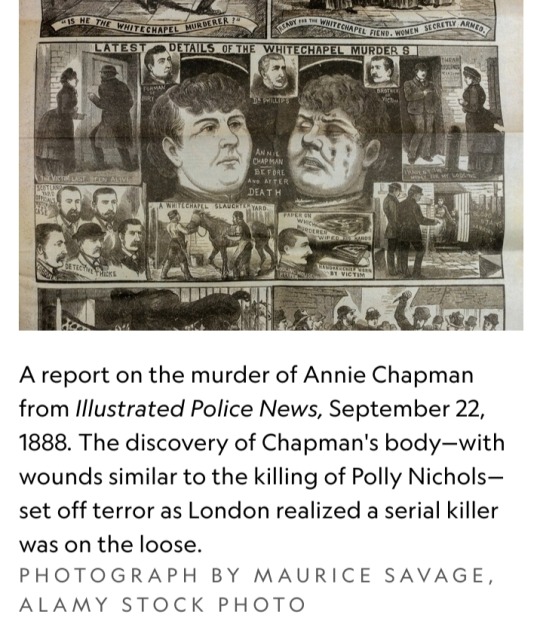
Terror in Whitechapel
Their stories did not all begin in London, but they ended there, in and around the crowded corner of the metropolis known as Whitechapel, a district in London’s East End.
“Probably there is no such spectacle in the whole world as that of this immense, neglected, forgotten great city of East London,” Walter Bessant wrote in his novel All Sorts and Conditions of Men in 1882.
“It is even neglected by its own citizens, who had never yet perceived their abandoned condition.”
The “abandoned” citizens of Whitechapel included some of the city’s poorest residents.
Immigrants, transient laborers, families, single women, thieves — they all crushed together in overflowing tenements, slums, and workhouses.
According to historian Judith Walkowitz:
“By the 1880s, Whitechapel had come to epitomize the social ills of ‘Outcast London,’ a place where sin and poverty comingled in the Victorian imagination, shocking the middle classes."
Whitechapel transformed into a scene of horror when the lifeless, mutilated body of Polly Nichols was discovered on a dark street in the early morning hours of August 31, 1888.
She became the first of Jack the Ripper’s five canonical victims, the core group of women whose murders appeared to be related and occurred over a short span of time.


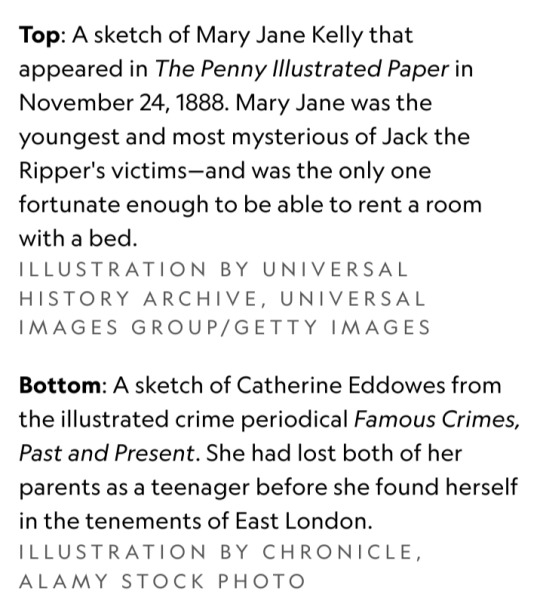
Over the next month, three more murdered women would be found on the streets of the East End.
They had been killed in a similar way: their throats slashed, and, in most cases, their abdomens disemboweled.
Some victims’ organs had been removed. The fifth murder occurred on November 9, when the Ripper butchered Mary Jane Kelly with such barbarity that she was nearly unrecognizable.
This so-called “Autumn of Terror” pushed Whitechapel and the entire city into a panic, and the serial killer’s mysterious identity only heightened the drama.
The press sensationalized the astonishingly grisly murders — and the lives of the murdered women.
Polly, Annie, Elizabeth, Catherine, and Mary Jane
Though forever linked by the manner of their death, the five women murdered by Jack the Ripper shared something else in common:
They were among London’s most vulnerable residents, living on the margins of Victorian society.
They eked out a life in the East End, drifting in and out of workhouses, piecing together casual jobs, and pawning their few possessions to afford a bed for a night in a lodging house.
If they could not scrape together the coins, they simply slept on the street.
“Nobody cared about who these women were at all,” Rubenhold says. “Their lives were incredibly precarious.”
Polly Nichols knew precarity well. Born in 1845, she fulfilled the Victorian ideal of proper womanhood when she became a wife at the age of 18.
But after bearing five children, she ultimately left her husband under suspicions of his infidelity.
Alcohol became both a crutch and curse for her in the final years of her life.

Alcohol also hastened Annie Chapman’s estrangement from what was considered a respectable life.
Annie Chapman was born in 1840 and spent most of her life in London and Berkshire.
With her marriage to John Chapman, a coachman, in 1869, Annie positioned herself in the top tier of the working class.
But her taste for alcohol and the loss of her children unraveled her family life, and Annie ended up in the East End.
Swedish-born Elizabeth Stride was an immigrant, like thousands of others who lived in the East End.
Born in 1843, she came to England when she was 22. In London, Stride reinvented herself time and time again, becoming a wife and coffeehouse owner.
Catherine Eddowes, who was born in Wolverhampton in 1842 and moved to London as a child, lost both of her parents by the time she was 15.
She spent most of her adulthood with one man, who fathered her children. Before her murder, she had just returned to London after picking hops in Kent, a popular summer ritual for working-class Londoners.
At 25, Mary Jane Kelly was the youngest, and most mysterious, of the Ripper’s victims.
Kelly reportedly claimed she came from Ireland and Wales before settling in London.
She had a small luxury that the others did not: She rented a room with a bed. It would become the scene of her murder.
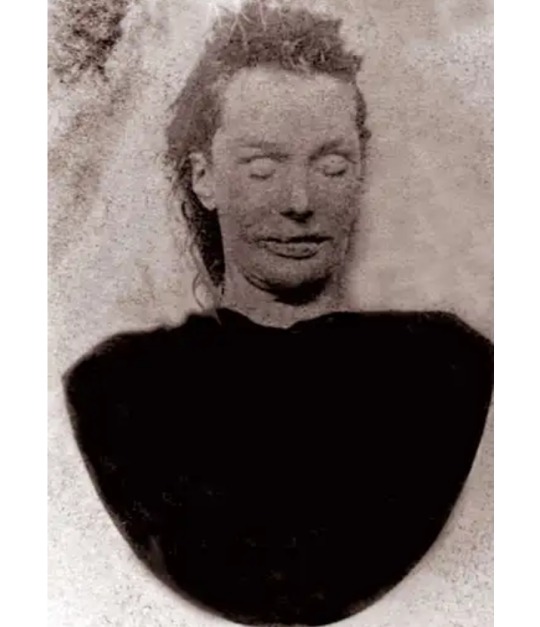
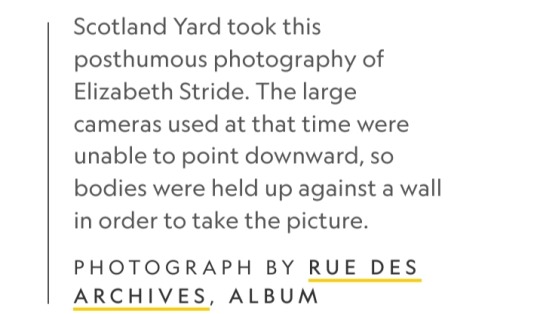
Yet the longstanding belief that all of these women were sex workers is a myth, as Rubenhold demonstrates in The Five.
Only two of the women — Stride and Kelly — were known to have engaged in sex work during their lives.
The fact that all of them have been labeled sex workers highlights how Victorians saw poor, unhoused women.
“They have been systematically ‘othered’ from society,” Rubenhold says,"even though this is how the majority lived.”
These women were human beings with a strong sense of personhood. According to biographer Robert Hume, their friends and neighbors described them as “industrious,” “jolly,” and “very clean.”
They lived, they loved, they existed — until, very suddenly on a dark night in 1888, they did not.
A long shadow
The discovery of Annie Chapman’s body on September 8 heightened panic in London, since her wounds echoed the shocking brutality of Polly Nichols’ murder days earlier.
Investigators realized that the same killer had likely committed both crimes — and he was still on the loose. Who would he strike next?
In late September, London’s Central News Office received a red-inked letter that claimed to be from the murderer. It was signed “Jack the Ripper.”
Papers across the city took the name and ran with it. Press coverage of the Whitechapel Murders crescendoed to a fever pitch.
Newspapers danced the line between fact and fiction, breathlessly recounting every gruesome detail of the crimes and speculating with wild abandon about the killer’s identity.
Today, that impulse endures, and armchair detectives and professional investigators alike have proposed an endless parade of suspects, including artist Walter Sickert, writer Lewis Carroll, sailor Carl Feigenbaum, and Aaron Kosminski, an East End barber.
"The continued fascination with unmasking the murderer perpetuates this idea that Jack the Ripper is a game,” Rubenhold says.
She sees parallels between the gamification of the Whitechapel Murders and the modern-day obsession with true crime.
“When we approach true crime, most of the time we approach as if it was legend, as if it wasn’t real, as if it didn’t happen to real people.”
“These crimes still happen today, and we are still not interested in the victims,” Rubenhold laments.
The Whitechapel Murders remain unsolved after 135 years, and Rubenhold believes that will never change:
“We’re not going to find anything that categorically tells us who Jack the Ripper is.”
Instead, the murders tell us about the values of the 19th century — and the 21st.
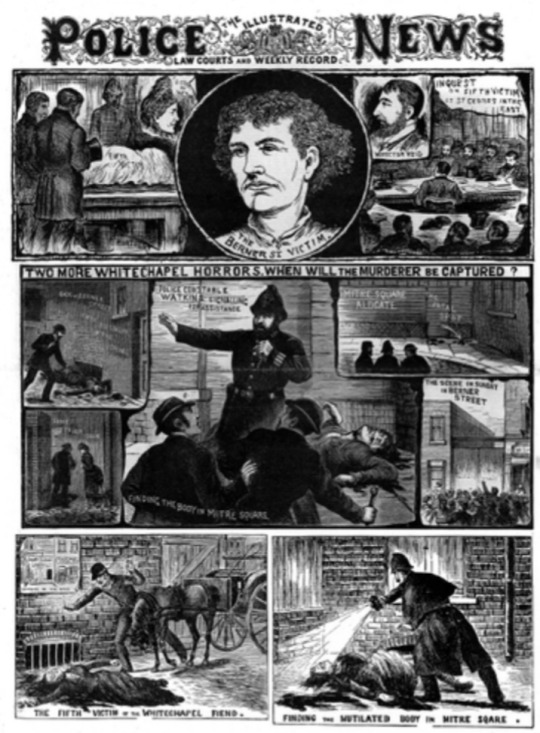
#Jack the Ripper#Hallie Rubenhold#The Five#Mary Ann “Polly” Nichols#Annie Chapman#Elizabeth Stride#Catherine Eddowes#Mary Jane Kelly#19th-century#1800s#Whitechapel#London#Walter Bessant#Judith Walkowitz#Outcast London#East End#Autumn of Terror#Victorian society#Victorian era#Robert Hume#1888#Central News Office#Whitechapel Murders#Whitechapel Murderer#Leather Apron#murder#crime#mystery#unsolved case#National Geographic
92 notes
·
View notes
Text
#i’d love to see the results hmm#tudor history#the tudors#the war of the roses#elizabeth woodville#edward iv#richard iii#anne neville#george plantagenet#isabel neville#henry vii#elizabeth of york#arthur tudor#catherine of aragon#henry viii#anne boleyn#elizabeth tudor#robert dudley#charles brandon#mary rose tudor#philip ii of spain#mary tudor#historical couples#polls#english history
57 notes
·
View notes
Text
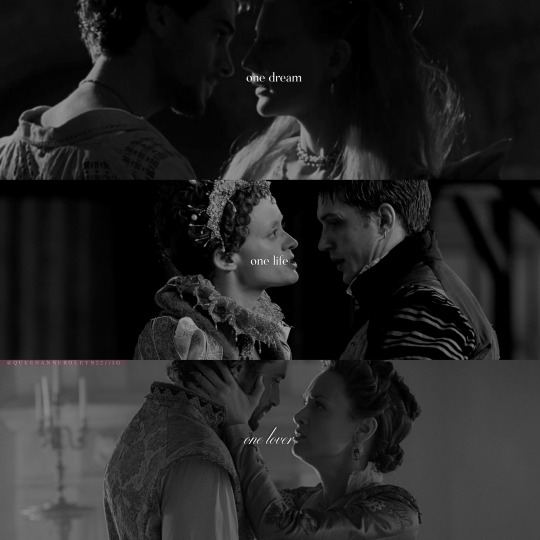
"Beyond all this, and quite aside from the possibility that early in life the two had formed a bond of which we have been left no record, Elizabeth had reason to regard Dudley as a kindred spirit. Although the Duke of Northumberland died professing himself a Catholic, all his offspring embraced evangelical Protestantism. The male Dudleys who had not been executed were still being held in the Tower when Wyatt’s Rebellion led to Elizabeth’s confinement there. The experience, which for Elizabeth and Robert alike included the very real possibility of execution, gave them a profoundly memorable experience in common. Both were ultimately saved by the intercession of Philip after his arrival from Spain, Elizabeth as a safeguard against Mary Stuart, Dudley and his brothers because of their stature among England’s warrior elite and Philip’s wish for influential friends. Both remained deep in the political wilderness, however, as long as Queen Mary remained alive. The properties bestowed on her in her father’s will had made Elizabeth rich, and during Mary’s reign she was an inherently important personage as heir presumptive, but her life was quiet except for those moments of near-terror occasioned by official suspicion that she was involved in plots against the queen. Dudley, his conviction for treason set aside thanks to Philip’s intervention, settled into the peaceful existence of a country gentleman." - The Tudors: The Complete Story of England’s Most Notorious Dynasty by G.J. Meyer
#perioddramaedit#history#robert dudley#the dudleys#elizabeth#elizabeth i#elizabethiedit#elizabeth 1998#elizabeth the golden age#cate blanchett#the virgin queen#reign#rachel skarsten#elizabeth x robert#bess and robin#anne marie duff#tom Hardy#reignedit#joseph fiennes#perioddramasource#tudor era#16th century#elizabethan era#lana del rey#lyricsedit#venice bitch#the tudors#lyrics#Charlie Carrick#elizabeth tudor
103 notes
·
View notes
Photo
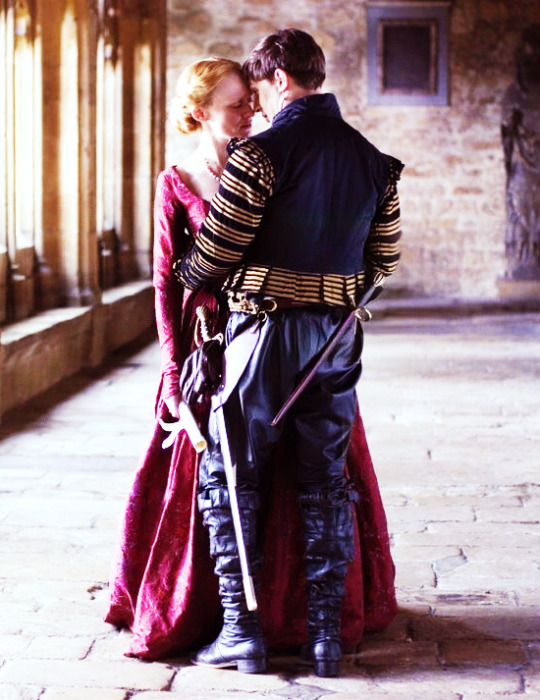
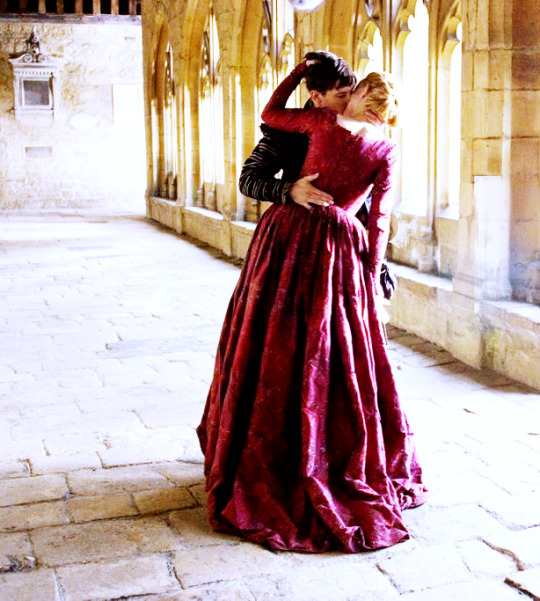
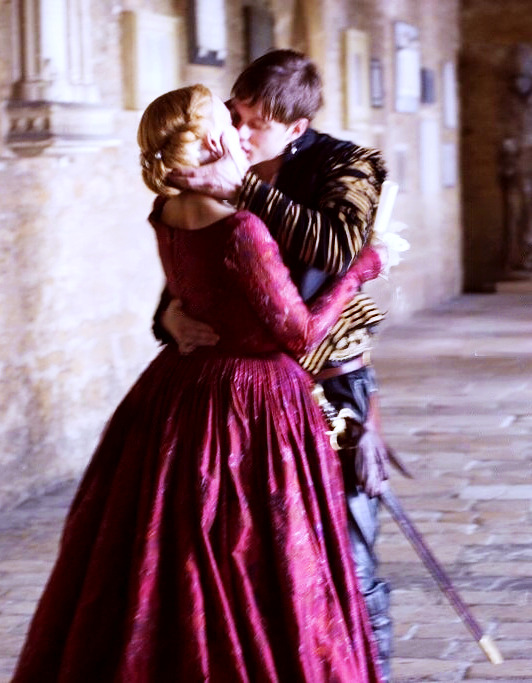
Anne Marie Duff as Elizabeth I and Tom Hardy as Robert Dudley
The Virgin Queen (2005)
170 notes
·
View notes
Text
SIX THE MUSICAL - MODERN!AU: illustration





Maud's family tree
#William Cillian Parr#Mary Salisbury#Magdalen Matilda Parr#Anne Sandra Parr#Elizabeth Helena Parr#Mary Justine Parr#Lettice Catherine Lane#Raphael Robert Lane#William Henry Lane#Frances Marie Lane#Dorothy Jane Lane#John Digby#Nicholas Woodhull#Thomas Tresham#John William Tresham#maud#maud lane#maud parr#six#six the musical#six the musical modern!au#six modern!au#modern!au#six the musical illustration#six illustration#illustration#family tree#maud on the rhythm guitar
8 notes
·
View notes
Text




THE VIRGIN QUEEN (2005)
ELIZABETH AND ROBERT
dir. coky giedroyc
#the virgin queen 2005#costume drama#period drama#perioddramaedit#perioddramagif#onlyperioddramas#perioddramasource#miniseries#queen elizabeth i#robert dudley#anne marie duff#tom hardy#tudor era#my gifs#mine
169 notes
·
View notes